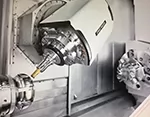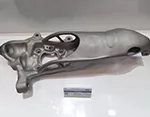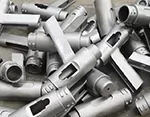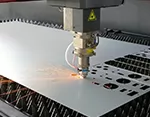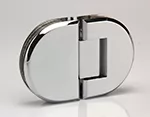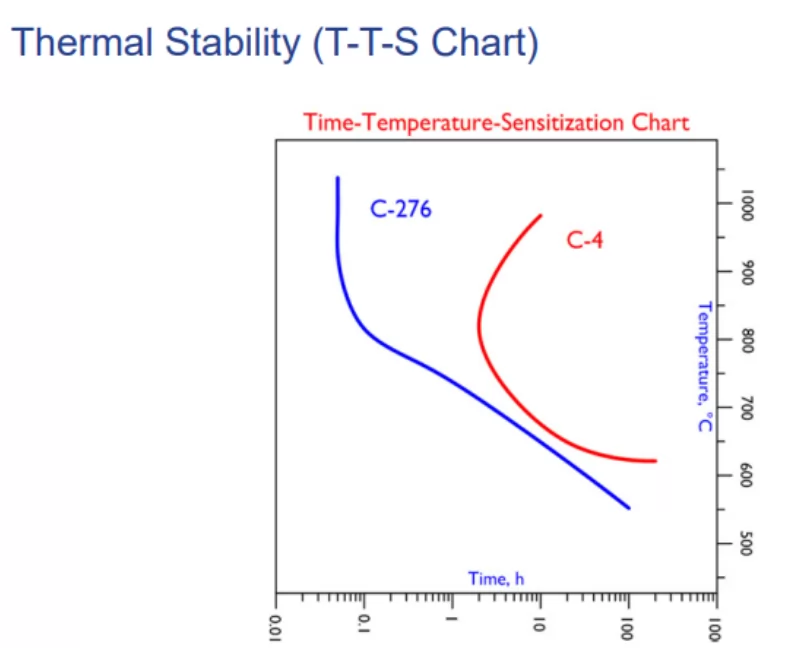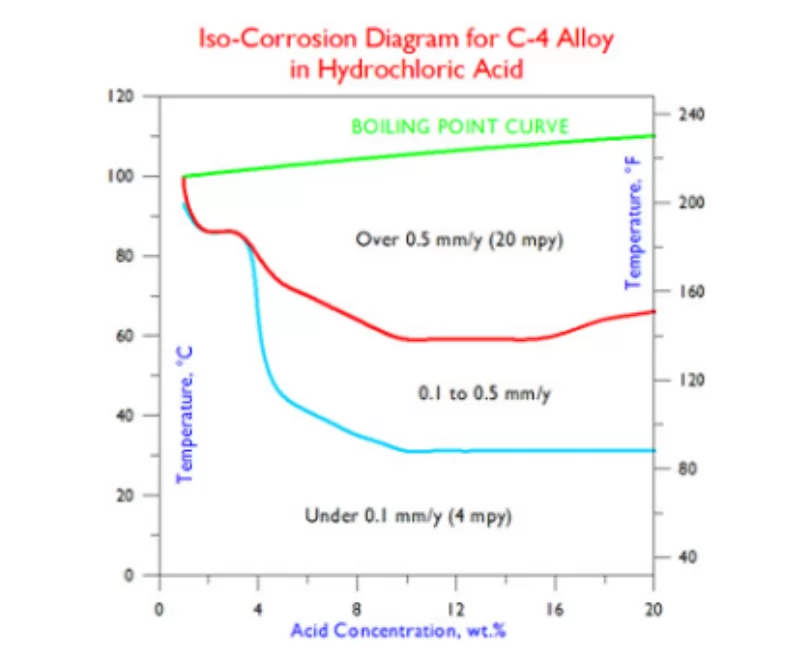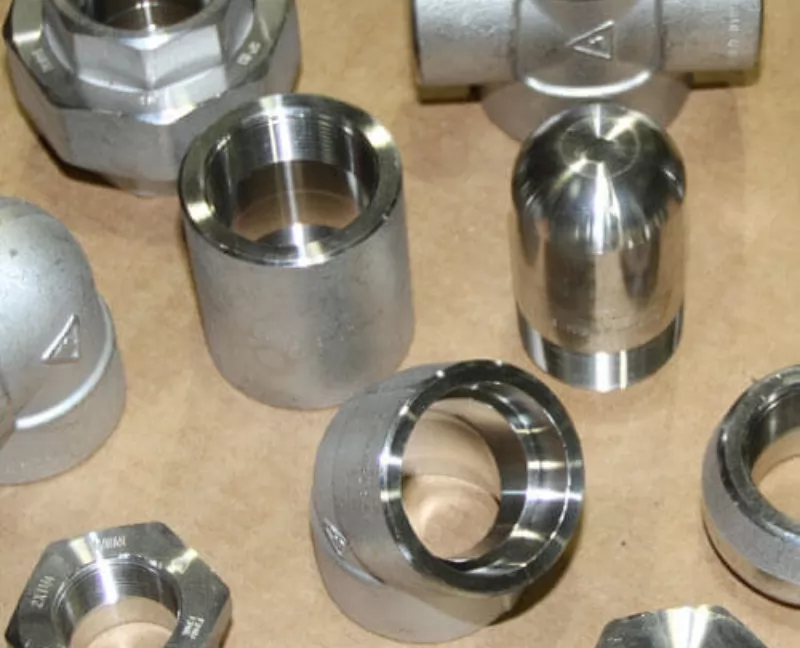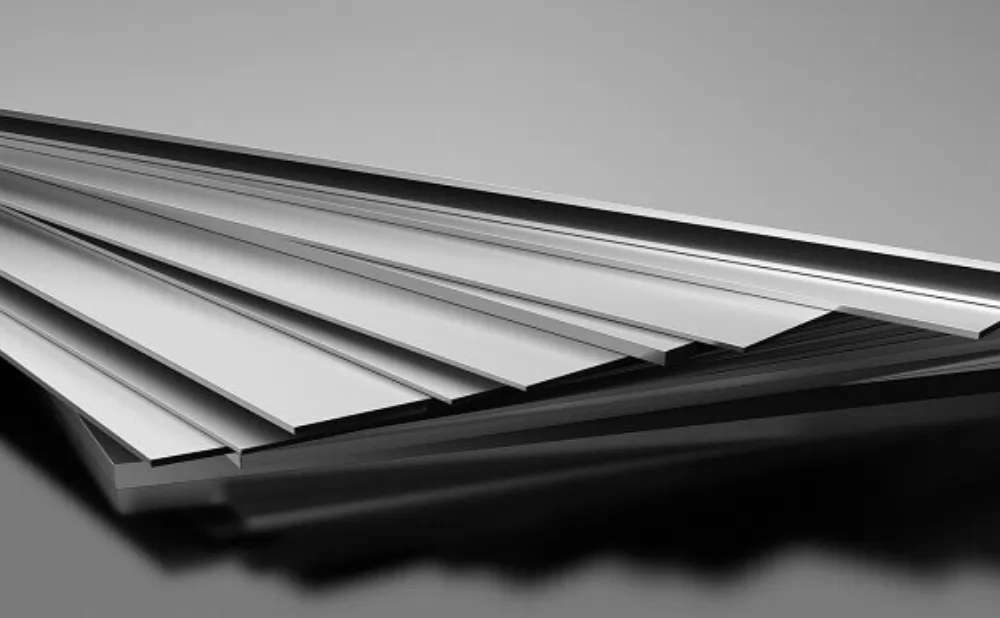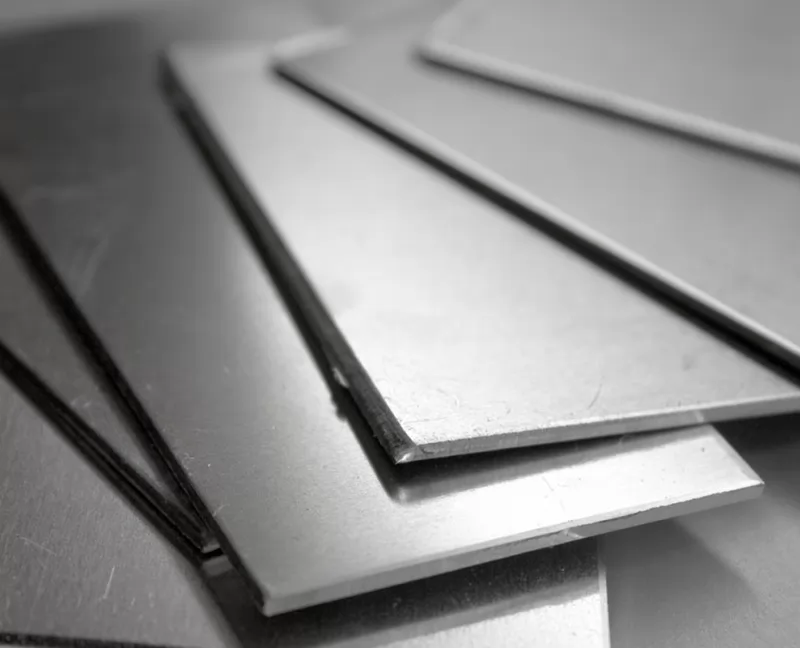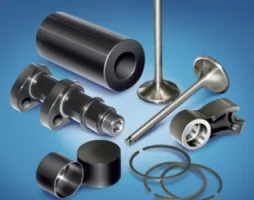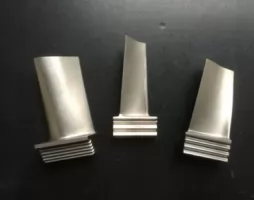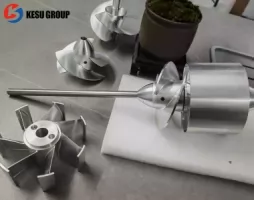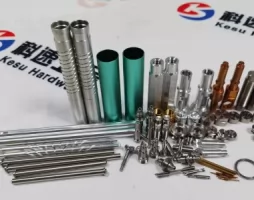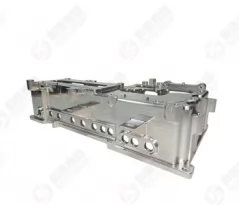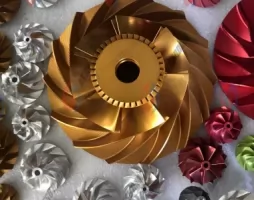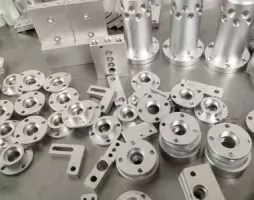-
Service
+
- CNC Precision Machining Service +
- Multi-Axis Simultaneous Machining Service +
- CNC Turning Service +
- Metal 3D Printing Service +
- Rapid Prototyping Service +
- Die Casting Service +
- Sheet Metal Fabrication Service +
-
Finish Serivces
+
- Polishing
- Grinding
- Brushed Finish
- Sand blasting
- Painting
- Powder Painting
- Anodizing
- Hard anodizing Service
- Passivation
- Zinc Plating
- Nickel Plating
- Chrome Plating
- Blackening
- Black Zinc Plating
- Teflon Coating
- Titanium Coating
- DLC Coating
- Laser Marking
- Silk Screen Printing
- Transfer Printing
- Micro Arc Oxidation
- Industries +
- About Us +
- Resource +
- Contact Us
- Quote

-
Service
-
>
-
>
-
>
-
>
-
>
-
>
-
>
-
>
-
- Industries
- About Us
- Resource
- Contact Us
HASTELLOY C-C4 alloy
HASTELLOY® C-4 alloy is very amenable to the Gas Metal Arc (GMA/MIG), Gas Tungsten Arc (GTA/TIG), and Shielded Metal Arc (SMA/Stick) welding processes.Hastelloy® C-4 is a nickel-chromium-molybdenum alloy with outstanding high temperature stability. It has high ductility and corrosion resistance. It's high temperature resistance up to 1900 °F (1038 °C) makes it suitable for most chemical process application in the "as" welded condition.
Principal Features
A versatile Ni-Cr-Mo alloy with extremely high resistance to HAZ sensitization
HASTELLOY® C-4 alloy (UNS N06455) is the most (microstructurally) stable of the widely
used nickel-chromium-molybdenum materials, which are well known for their resistance
to many aggressive chemicals, in particular hydrochloric acid, sulfuric acid, and chlorides.
This stability means that the alloy can be welded without fear of sensitization, i.e. the nucleation and growth of deleterious, second phase precipitates in the grain boundaries of
the weld heat-affected zone (HAZ).
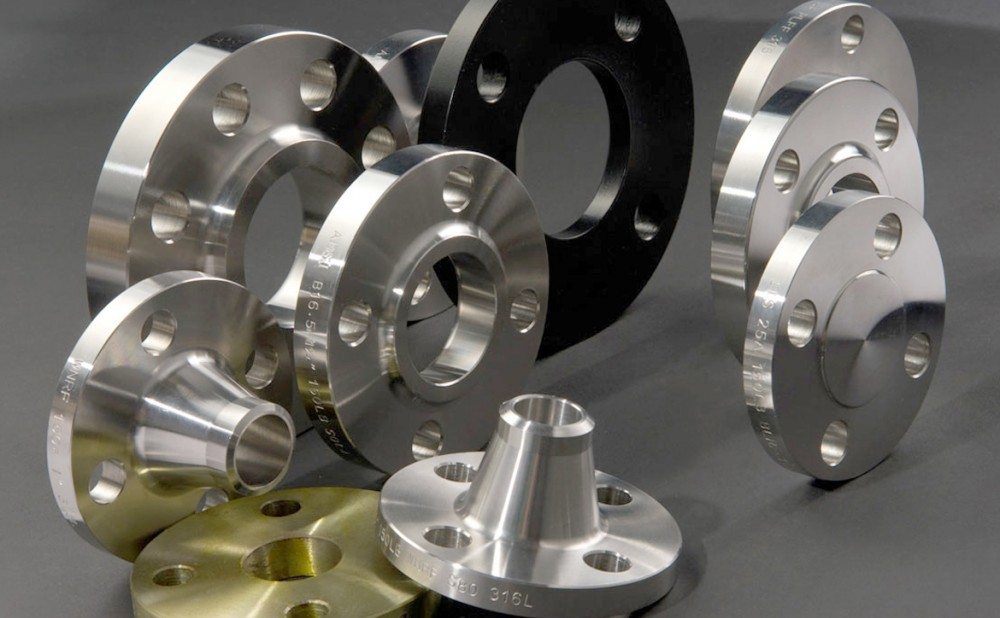
Like other nickel alloys, it is ductile, easy to form and weld, and possesses exceptional resistance to stress corrosion cracking in chloride-bearing solutions (a form of degradation to
which the austenitic stainless steels are prone). With its high chromium and molybdenum
contents, it is able to withstand both oxidizing and non-oxidizing acids, and is resistant to
pitting and crevice attack in the presence of chlorides and other halides.
Thermal Stability (T-T-S Chart)
The above chart illustrates the large difference between the grain boundary precipitation kinetics of C-4 and C-276 alloys. It indicates that C-4 alloy must be held at the most critical temperature (825°C) for 2 hours before grain boundary precipitation is sufficient to cause
preferential grain boundary attack of a significant nature, that is to a depth of 0.05 mm in the ASTM G 28A test solution (50% H2 SO4 + 42 g/l Fe2(SO4)3at the boiling point). On the other hand, C-276 alloy is prone to significant grain boundary attack in this boiling solution after just 3 minutes at temperatures in the approximate range 925°C to 1050°C. This means that, during welding, heat input is important in the case of C-276 alloy, but of little consequence in the case of C-4 alloy.
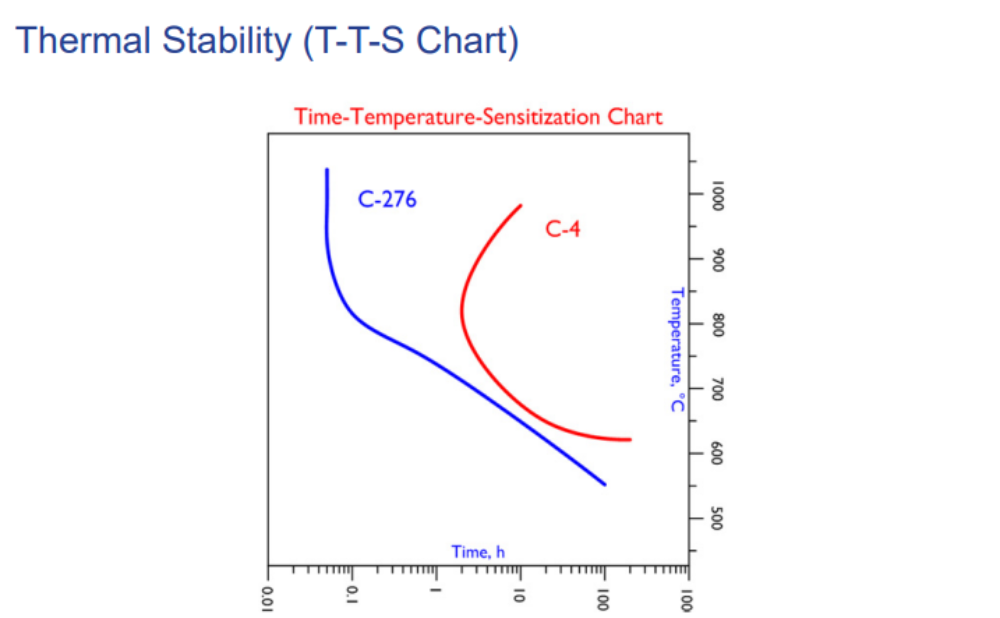
ISO-Corrosion Diagrams
Each of these iso-corrosion diagrams was constructed using numerous corrosion rate values, generated at different acid concentrations and temperatures. The blue line represents those combinations of acid concentration and temperature at which a corrosion rate of 0.1 mm/y (4 mils per year) is expected, based on laboratory tests in reagent grade acids. Below the line, rates under 0.1 mm/y are expected. Similarly, the red line indicates the combinations of acid concentration and temperature at which a corrosion rate of 0.5 mm/y(20 mils per year) is expected. Above the line, rates over 0.5 mm/y are expected. Between the blue and red lines, corrosion rates are expected to fall between 0.1 and 0.5 mm/y.
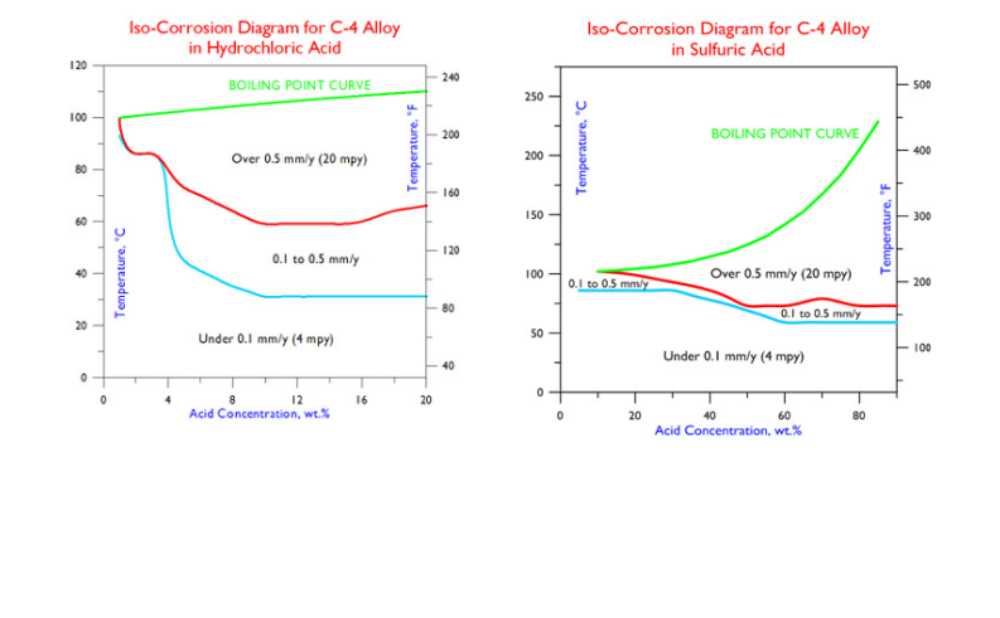
Comparative 0.1 mm/y Line Plots
To compare the performance of HASTELLOY® C-4 alloy with that of other materials, it is useful to plot the 0.1 mm/y lines. In the following graphs, the lines for C-4 alloy are compared with those of two popular, austenitic stainless steels (316L and 254SMO), a lower-molybdenum nickel alloy (625), and C-276 alloy in hydrochloric and sulfuric acids.
At hydrochloric acid concentrations above about 5%, C-4 alloy provides a quantum improvement over the stainless steels, and offers greater resistance to higher concentrations of both acids than alloy 625. The concentration limit of 20% hydrochloric acid is the azeotrope, beyond which high temperature corrosion tests are less reliable.
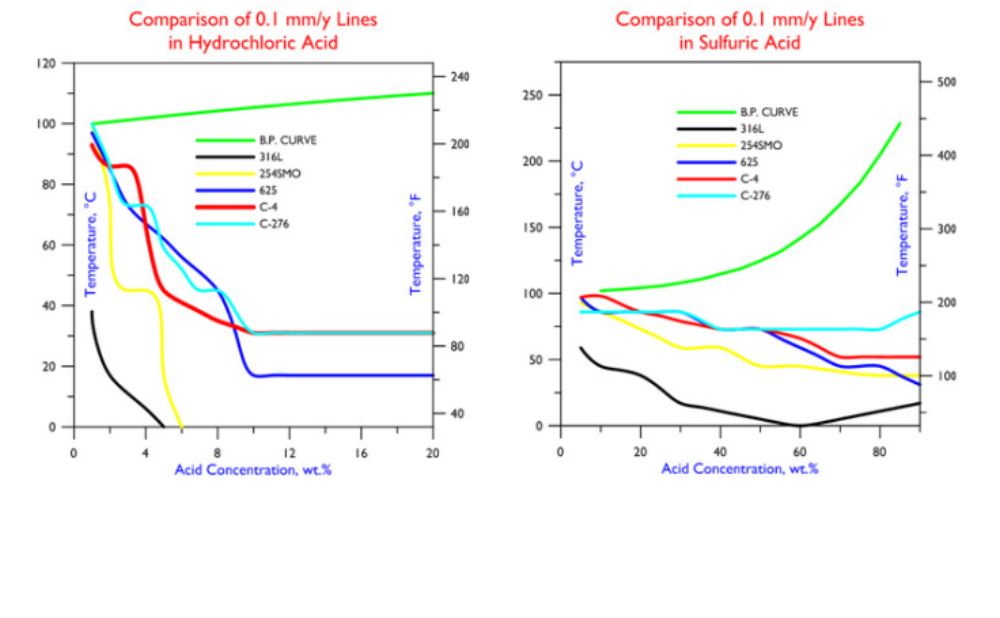
Welding & Fabrication
HASTELLOY® C-4 alloy is very amenable to the Gas Metal Arc (GMA/MIG), Gas Tungsten Arc (GTA/TIG), and Shielded Metal Arc (SMA/Stick) welding processes. Matching filler metals (i.e. solid wires and coated electrodes) are available for these processes, and welding guidelines are given in our “Welding and Fabrication” brochure.
Wrought products of HASTELLOY® C-4 alloy are supplied in the Mill Annealed (MA) condition unless otherwise specified. This solution annealing procedure has been designed to optimize the alloy’s corrosion resistance and flexibility. Following all hot forming operations, the material should be re-annealed, to restore optimum properties. The alloy should also be re-annealed after cold-forming operations resulting in an outer fiber elongation of 7% or more. The annealing temperature for HASTELLOY® C-4 alloy is 1066°C (1950°F), and water quenching is advised (rapid air cooling is feasible with structures thinner than 10 mm (0.375 in). A hold time at the annealing temperature of 10 to 30 minutes is recommended, depending on the thickness of the structure (thicker structures need the full 30 minutes). More details concerning the heat treatment of HASTELLOY® C-4 alloy are given in our “Welding and Fabrication” brochure.
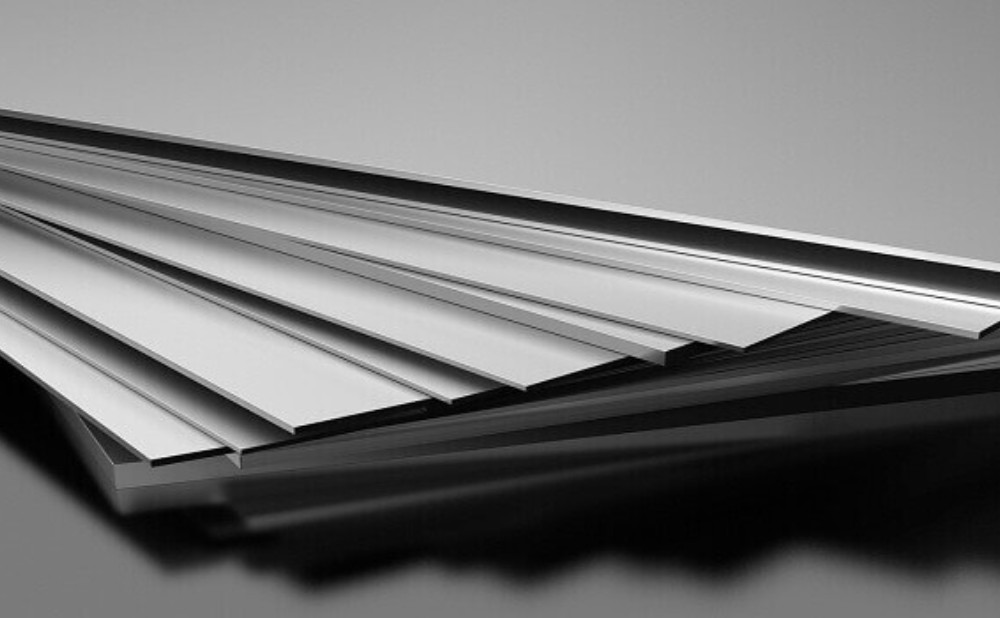
HASTELLOY® C-4 alloy can be hot forged, rolled, hot upset, extruded, and hot formed. However, it is more sensitive to strain and strain rates than the austenitic stainless steels, and the hot working temperature range is quite narrow. For example, the recommended start temperature for hot forging is 1177°C (2150°F) and the recommended finish temperature is 954°C (1750°F). Moderate reductions and frequent re-heating provide the best results, as described in our “Welding and Fabrication” brochure. This reference also provides guidelines for cold forming, spinning, drop hammering, punching, and shearing. The alloy is stiffer than most austenitic stainless steels, and more energy is required during cold forming.Also, HASTELLOY® C-4 alloy work hardens more readily than most austenitic stainless steels, and may require several stages of cold work, with intermediate anneals.
While cold work does not usually affect the resistance of HASTELLOY® C-4 alloy to general corrosion, and to chloride-induced pitting and crevice attack, it can affect resistance to stress corrosion cracking. For optimum corrosion performance, therefore, the re-annealing of cold worked parts (following an outer fiber elongation of 7% or more) is important.
For more information and consultation, contact us here!
WhatsAPP:+86 13414139830
Phone: +86 13414139830
E-mail: Sia@kesugroup.com

